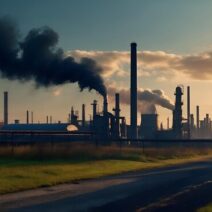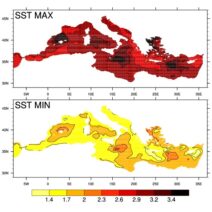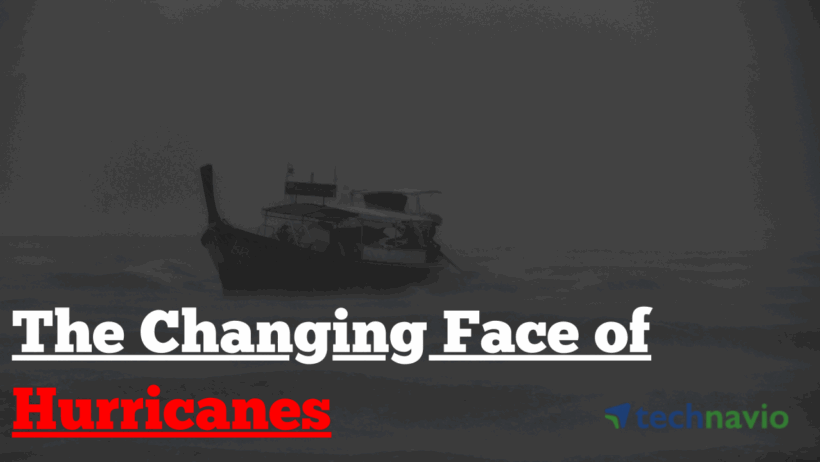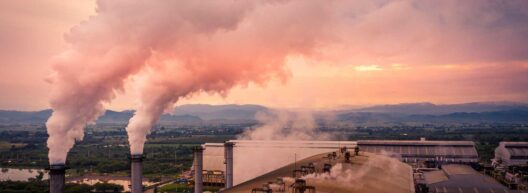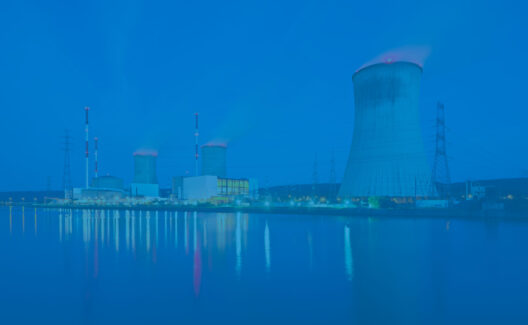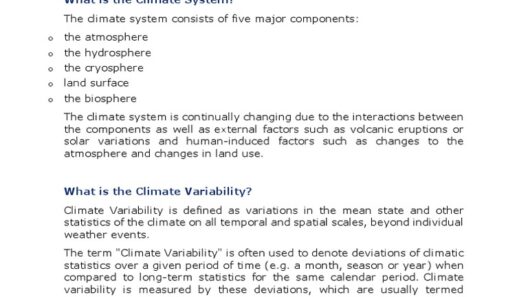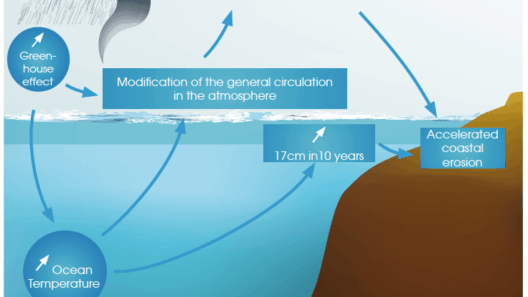As the climate continues to change at an unprecedented pace, one of the most alarming consequences observed is the intensification of hurricanes. The question arises: could these monstrous storms become even more ferocious in the future? The short and disconcerting answer appears to be yes. Understanding the intricate interplay between climate change and hurricane activity is pivotal in grasping the potential challenges we face in coming decades.
The nexus between sea temperature and hurricane intensity is particularly noteworthy. Warmer ocean waters serve as fuel for storm systems. In essence, the heat derived from the ocean acts like a potent shot of espresso for hurricanes, enabling them to strengthen remarkably. However, this phenomenon raises a critical question: how high can these sea temperatures soar before we reach a tipping point?
When temperatures elevate, the frequency and intensity of hurricanes are likely to increase, challenging existing disaster preparedness frameworks. The implications permeate various sectors of society, from infrastructure development to emergency management strategies. As policymakers and scientists endeavor to interpret these trends, they face the daunting reality of an evolving climate landscape.
The notion of a feedback loop further complicates the climate-hurricane relationship. Higher sea temperatures do not merely create stronger storms; they also foster increased atmospheric moisture, another key ingredient for hurricanes. With more moisture available, storms can become rain-packed behemoths, causing severe flooding and infrastructural devastation. A more intricate question thus emerges: how can we adapt our coastal communities to withstand such deluges without succumbing to the relentless forces of nature?
It’s not just the tropical waters that are warming; global climate change alters wind patterns, atmospheric conditions, and even the positioning of high-pressure systems. Each of these factors influences the trajectory and potential landfall of hurricanes. Essentially, as the climate warms, we can expect storms to become less predictable. This unpredictability poses a dilemma for forecasting, raising the bar not only for meteorologists but also for local governments that must prepare for the worst-case scenario.
The geographical locations that historically served as buffer zones from hurricanes may also shift. Regions previously deemed relatively safe could see an uptick in hurricane activity or even a complete transformation in storm characteristics. For instance, areas that were once resilient may find themselves ill-prepared to combat more powerful storms due to aging infrastructure and historical weather patterns that no longer apply. What does this mean for communities that have spent decades in relative calm?
Moreover, the interaction between climate change and hurricanes is not merely academic; it is deeply personal. Every community has unique vulnerabilities—be they socioeconomic factors, environmental characteristics, or infrastructural integrity. Unsurprisingly, lower-income neighborhoods often bear the brunt of hurricane damages. The questions here are multiple and pressing: how can equitable disaster preparedness be ensured? What measures can be taken to safeguard those most at risk?
The challenge extends beyond readiness; it necessitates proactive engagement with climate science and renewable energy initiatives. Transitioning to sustainable energy can mitigate some impacts of climate change, potentially limiting the intensity of storms. Alternative energy sources may reduce greenhouse gas emissions, which are directly correlated with rising ocean temperatures. However, the economic and political obstacles to such a transition can be formidable. How can we galvanize communities to embrace change in a politicized climate?
The implications of climate change on hurricane activity are not just meteorological but also sociopolitical. As we grapple with the pressing need for effective policies, the questions remain: who gets to decide the direction of those policies? What role do local communities play in advocating for their needs? Moreover, international cooperation becomes imperative as hurricanes do not adhere to national borders. FEMA and other agencies must collaborate with their counterparts across the world to establish best practices.
In conclusion, the intersection of climate change and hurricanes presents a complex and layered challenge that society must confront. Every year, scientists refine their models and enhance their understanding of how storm systems get more volatile as our climate changes. However, while this knowledge is essential for devising effective strategies, engaging local communities is equally crucial. As we seek more sustainable approaches to energy, infrastructure, and disaster response, the efficacy lies in education, outreach, and collaboration. The clouds are gathering—will we be ready when they unleash their fury?
